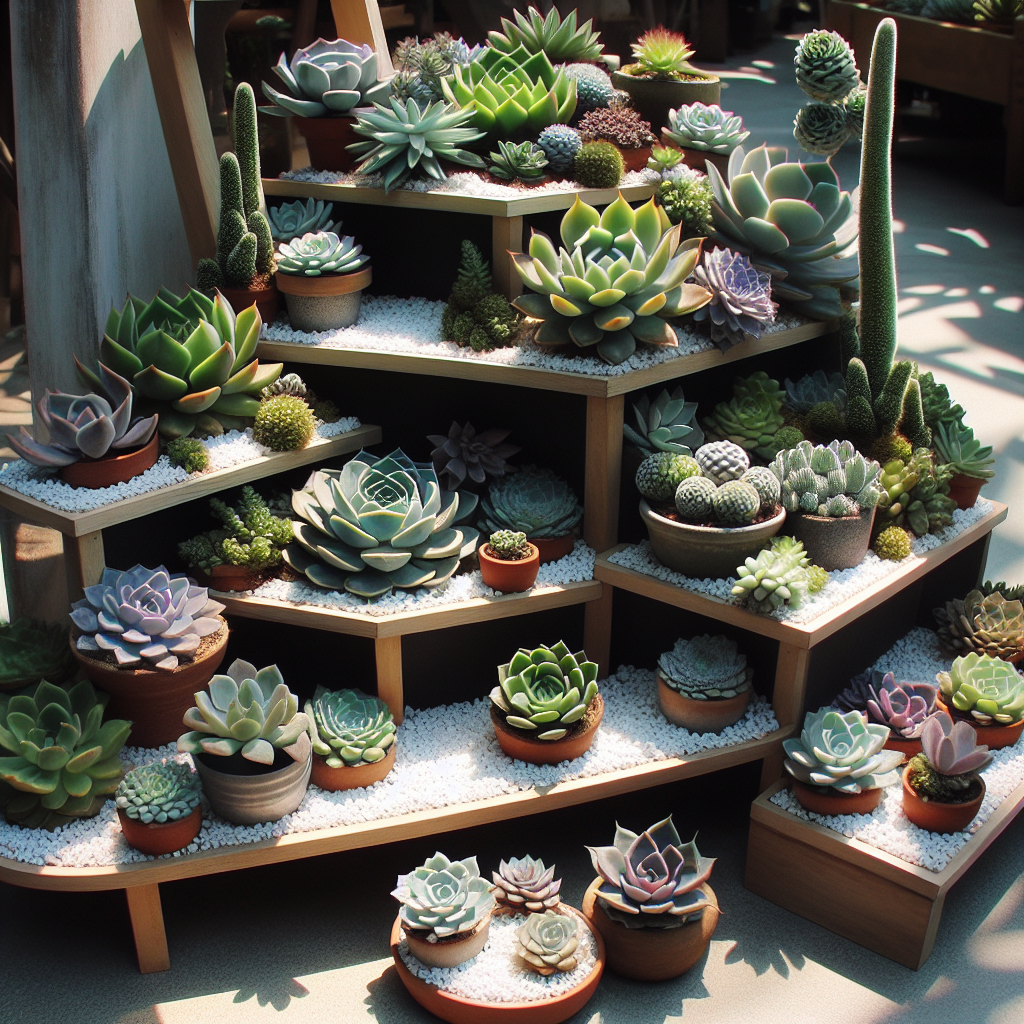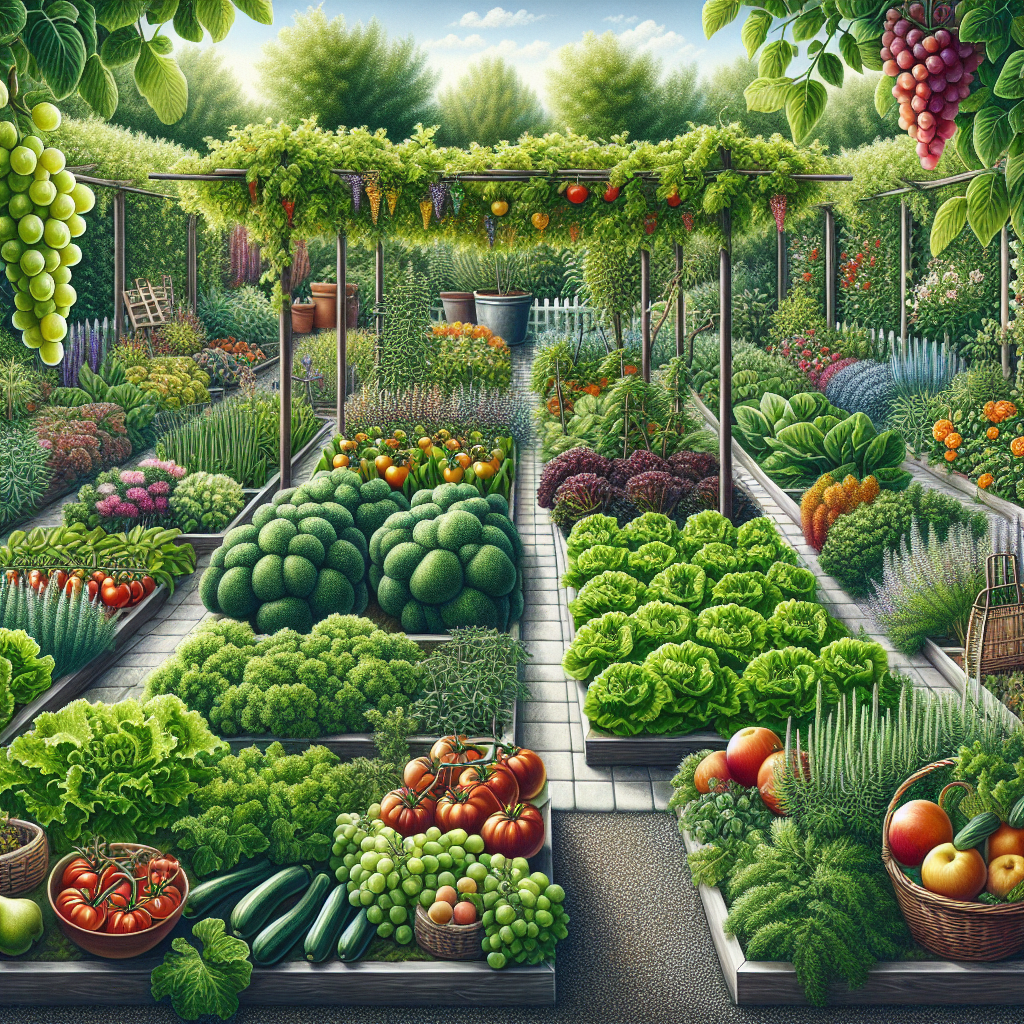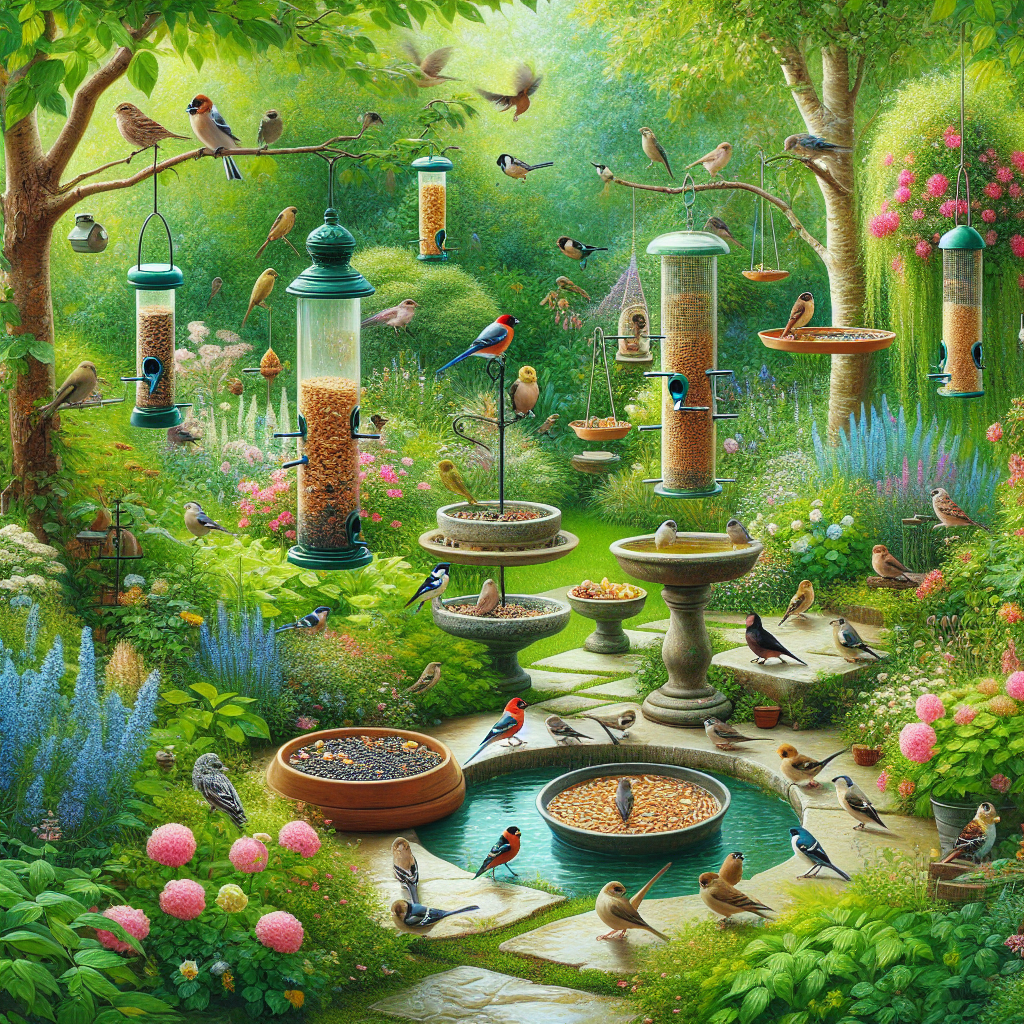Fragrant Rose Garden for a Sensory Experience
Creating a fragrant rose garden is a delightful and rewarding project that can bring beauty and joy to your outdoor space. Not only will you be surrounded by the enchanting aroma of roses, but you will also have a visually stunning garden that will be the envy of your neighbors. In this comprehensive guide, we will take you through the step-by-step process of creating your own fragrant rose garden, from selecting the right roses to caring for them to ensure they thrive. So roll up your sleeves, put on your gardening gloves, and let’s get started on this aromatic journey!
Step 1: Planning Your Fragrant Rose Garden
Before you dive into the world of roses, it’s important to plan your fragrant rose garden carefully. Consider the following factors:
- Location: Choose a spot in your garden that receives at least six hours of direct sunlight each day. Roses thrive in sunlight, so finding the right location is crucial.
- Soil: Roses prefer well-draining soil with a pH level between 6.0 and 6.5. Test your soil and amend it if necessary to create the ideal growing conditions for your roses.
- Space: Determine how much space you have available for your rose garden. This will help you decide how many roses you can plant and how far apart they should be spaced.
Once you have considered these factors, it’s time to move on to the next step.
Step 2: Selecting the Right Roses
Choosing the right roses for your fragrant rose garden is essential to ensure a sensory experience like no other. Here are some popular rose varieties known for their delightful fragrance:
- Mr. Lincoln: This hybrid tea rose boasts a strong, classic rose scent and deep red blooms.
- Double Delight: With its creamy white and red-edged petals, this hybrid tea rose offers a sweet and spicy fragrance.
- Gertrude Jekyll: This English shrub rose is known for its strong, old rose fragrance and beautiful pink blooms.
- Julia Child: Named after the famous chef, this floribunda rose has a strong licorice scent and buttery yellow flowers.
Visit your local nursery or garden center to explore more rose varieties and choose the ones that appeal to your senses. Consider the bloom color, size, and growth habit of the roses as well.
Step 3: Preparing the Soil
Now that you have selected your roses, it’s time to prepare the soil for planting. Follow these steps:
- Clear the area: Remove any existing plants, weeds, or debris from the chosen location.
- Loosen the soil: Use a garden fork or tiller to loosen the soil to a depth of at least 12 inches. This will improve drainage and allow the roots to penetrate easily.
- Amend the soil: If your soil is heavy clay or sandy, amend it with organic matter such as compost or well-rotted manure. This will improve the soil structure and fertility.
Once the soil is prepared, it’s time to move on to the exciting part – planting your roses!
Step 4: Planting Your Roses
Follow these steps to ensure your roses get off to a healthy start:
- Dig the hole: Dig a hole that is wide and deep enough to accommodate the rose’s root ball. The hole should be slightly larger than the container the rose came in.
- Remove the rose from the container: Gently tap the sides and bottom of the container to loosen the root ball. Carefully lift the rose out of the container, taking care not to damage the roots.
- Place the rose in the hole: Position the rose in the center of the hole, making sure the bud union (the swollen area where the rose was grafted onto the rootstock) is level with or slightly above the soil surface.
- Backfill the hole: Fill the hole with soil, firming it gently around the roots. Make sure there are no air pockets around the roots.
- Water thoroughly: Give your newly planted rose a deep watering to settle the soil and eliminate any air pockets.
Repeat these steps for each rose you are planting, making sure to space them according to the recommended distance for the specific variety.
Step 5: Caring for Your Fragrant Rose Garden
Now that your fragrant rose garden is planted, it’s important to provide the care and attention your roses need to thrive. Here are some essential care tips:
- Watering: Roses need regular watering, especially during dry spells. Aim to water deeply, providing enough moisture to reach the roots.
- Fertilizing: Feed your roses with a balanced rose fertilizer according to the package instructions. This will provide them with the nutrients they need for healthy growth and abundant blooms.
- Pruning: Prune your roses in early spring to remove dead or damaged wood and shape the plants. This will promote new growth and improve air circulation.
- Mulching: Apply a layer of organic mulch around the base of your roses to conserve moisture, suppress weeds, and regulate soil temperature.
- Pest and disease control: Monitor your roses regularly for signs of pests or diseases. Treat any issues promptly to prevent them from spreading.
By providing the right care, you will ensure that your fragrant rose garden remains healthy and vibrant for years to come.
Step 6: Enjoying Your Fragrant Rose Garden
Now that you have put in the hard work of planning, planting, and caring for your fragrant rose garden, it’s time to sit back, relax, and enjoy the sensory experience it provides. Imagine strolling through your garden, surrounded by the intoxicating scent of roses, and being greeted by a riot of colors and blooms. It’s a truly magical experience that will bring joy to your heart and soul.
Invite friends and family over to share in the beauty of your fragrant rose garden. Host a garden party or simply spend quiet moments enjoying the tranquility and serenity it offers.






